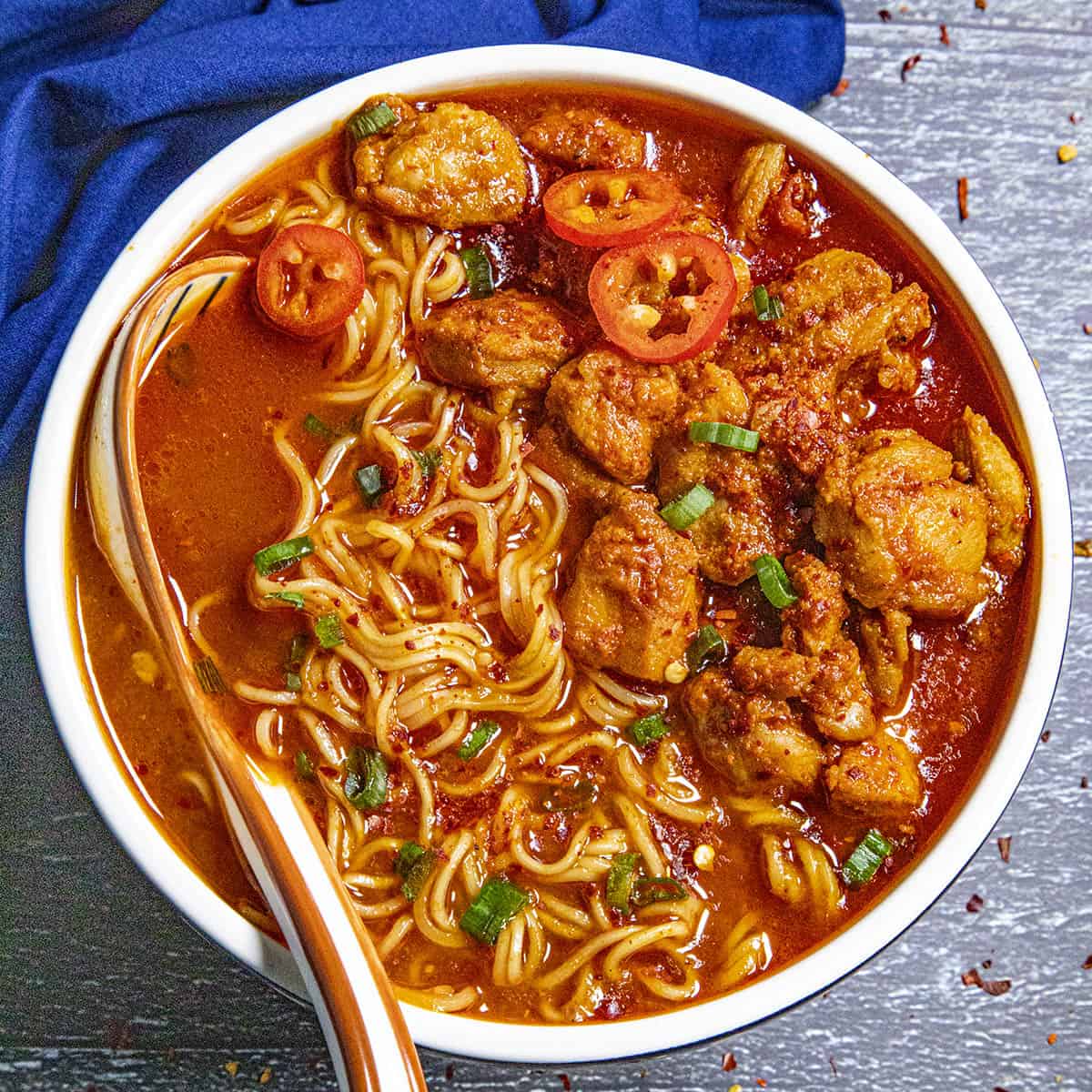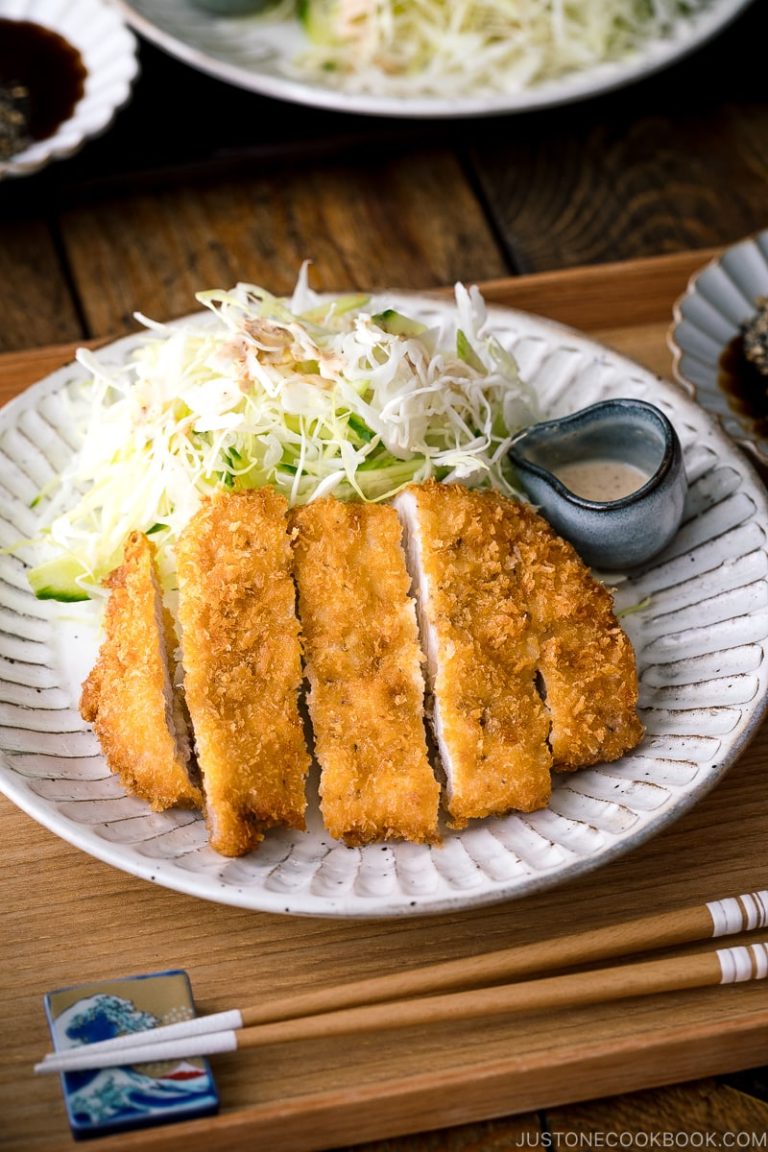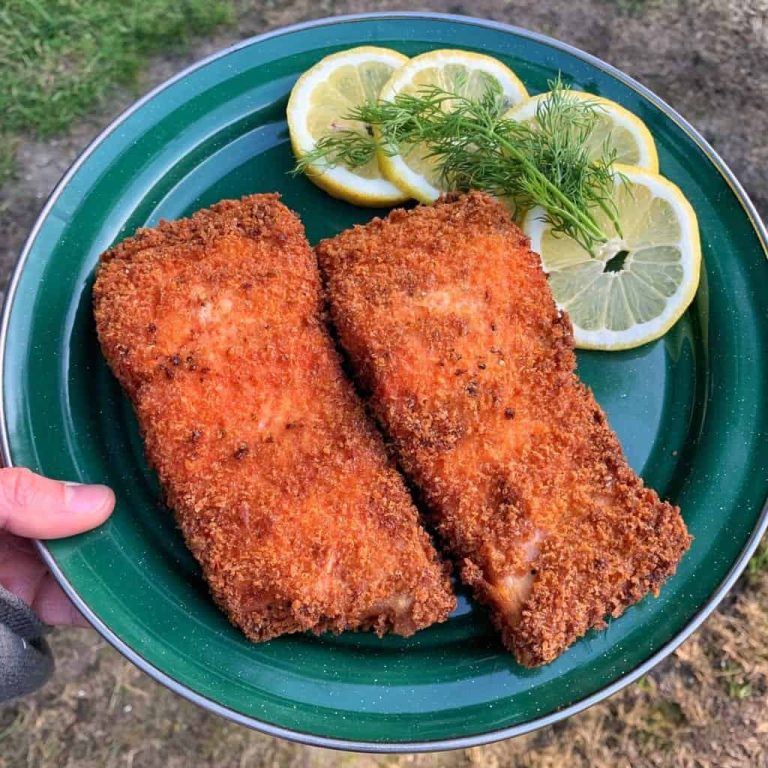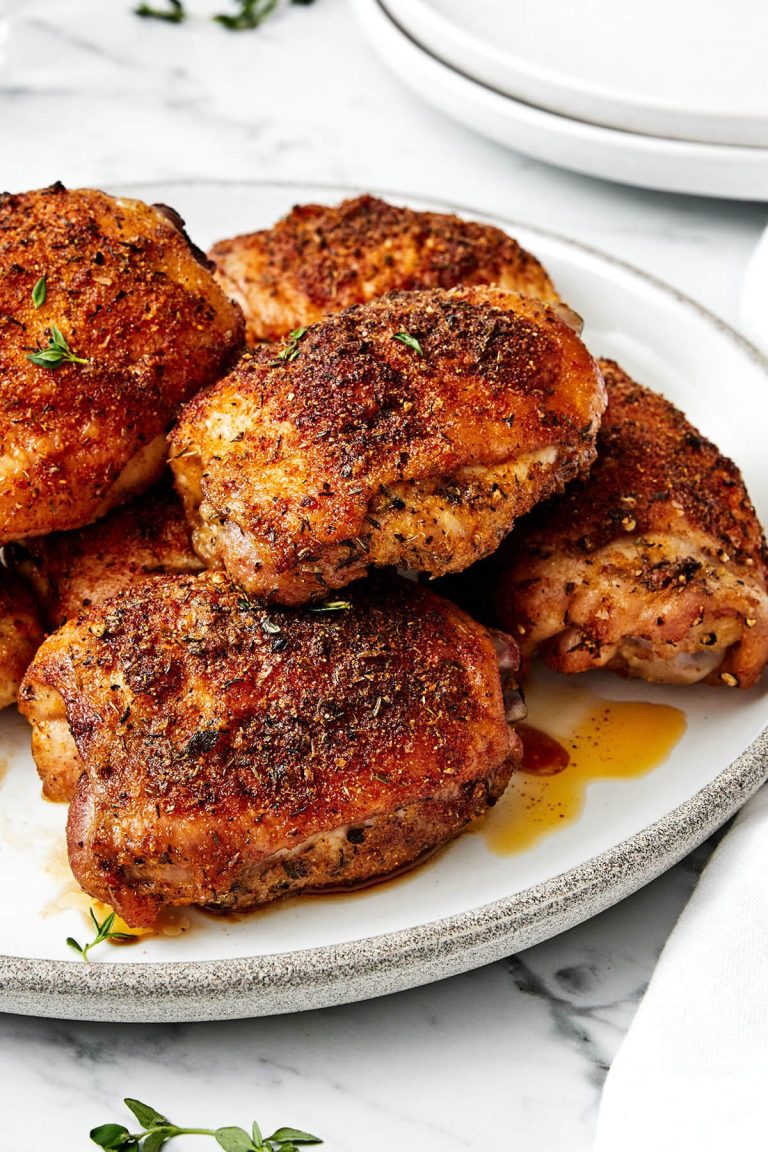Bul Dak Korean Fire Chicken: Recipe, Benefits, and Challenges
Bul Dak, translating to “Fire Chicken,” originated in South Korea in the early 2000s. It quickly gained a reputation for its intense heat and rich flavor profile. South Korean street food vendors popularized the dish, and it soon made its way into mainstream restaurants. The dish’s fiery appeal has not been restricted to Korea; Bul Dak has garnered international attention, becoming a cult favorite among spice enthusiasts worldwide. Food bloggers and social media platforms have further boosted its fame, sharing spicy challenges and recipes.
What Makes it Unique
Bul Dak stands out due to its signature fiery sauce. The sauce combines Korean chili flakes (gochugaru), soy sauce, garlic, and other secret ingredients to create layers of flavor. Unlike many spicy dishes, Bul Dak balances its heat with a hint of sweetness, enhancing its complexity. The chicken, usually grilled or pan-fried, gets marinated in the sauce, ensuring each bite is packed with intense flavors. Another unique aspect is its typical preparation method—often served on a sizzling platter with melted cheese on top, creating a distinct contrast that mellows the heat slightly while adding a creamy texture.
Ingredients and Preparation
Key Ingredients
To make Bul Dak Korean Fire Chicken, you’ll need specific ingredients to achieve its signature flavor:
- Chicken: Boneless, skinless chicken thighs (2 lbs) ensure tenderness.
- Korean Chili Flakes (Gochugaru): 3 tbsp for that fiery heat.
- Soy Sauce: 2 tbsp to add umami.
- Garlic: 6 cloves, minced, for a pungent kick.
- Honey: 2 tbsp to balance the heat with sweetness.
- Korean Chili Paste (Gochujang): 2 tbsp for depth and spice.
- Vegetable Oil: 2 tbsp to sauté the chicken and ingredients.
- Mozzarella Cheese: 1 cup, shredded, for a melty finish.
- Green Onions: 2, chopped, to garnish.
- Sesame Seeds: 1 tbsp for garnish and texture.
Cooking Instructions
Begin preparing the chicken by cutting it into bite-sized pieces. Heat the vegetable oil over medium-high heat in a large pan. Add the chicken, cooking until it’s browned but not fully cooked through.
Prepare the sauce by combining Korean chili flakes, soy sauce, minced garlic, honey, and Korean chili paste in a bowl. Mix these ingredients until they form a smooth, consistent sauce.
Pour the sauce into the pan with the chicken, stirring to coat each piece. Reduce the heat to medium and cook for another 10-15 minutes, ensuring the chicken is cooked through and the sauce has thickened.
While the chicken cooks, preheat your oven broiler. Once the chicken is ready, transfer it to an oven-safe dish and sprinkle the shredded mozzarella cheese evenly over the top. Place the dish under the broiler for 2-3 minutes, just until the cheese is melted and bubbly.
Remove the dish from the oven, sprinkle with chopped green onions and sesame seeds, and serve immediately, preferably with steamed rice to balance the intense flavors.
Where to Find the Best Bul Dak
Restaurants Known for Bul Dak
Several restaurants specialize in Bul Dak, each offering unique flavors and levels of spiciness. In South Korea, you can visit Bonchon, a popular chain known for its Korean fried chicken and Bul Dak. Another notable place is BBQ Chicken, renowned for its juicy, spicy fire chicken. In the US, cities like Los Angeles, New York, and San Francisco host several Korean eateries that serve authentic Bul Dak. Notable mentions include KyoChon and Eight Korean BBQ, both offering fiery chicken dishes that capture the essence of this spicy delicacy.
DIY Kits and Pre-made Options
If you prefer making Bul Dak at home, DIY kits and pre-made options are widely available. Brands like Samyang offer popular Bul Dak ramen, which comes with a spicy sauce packet, allowing you to recreate the dish easily. Additionally, you can find pre-made Bul Dak sauces on Amazon and other online marketplaces. These sauces, available from brands like CJ Foods and Chung Jung One, let you control the spice level while cooking at home.
Eating Challenges and Media Features
Notable Food Challenges
Bul Dak’s extreme spiciness has led to numerous eating challenges, both in South Korea and internationally. Popular restaurants such as KyoChon and Bonchon often feature spicy challenges where participants must finish a designated amount of Bul Dak within a set time frame. Participants undertaking these challenges face a significant heat level which can test their spice tolerance. These events draw crowds of spectators and spice enthusiasts aiming to break records or simply prove their endurance.
One well-known event is the Fire Chicken Spicy Challenge at Bonchon, where diners consume 10 wings coated in their hottest sauce within 5 minutes. Winners often receive rewards like meal vouchers or branded merchandise, fostering a competitive spirit and building community participation.
Bul Dak in Social Media and Television
Bul Dak’s fiery reputation has made it a favorite subject on social media and television. YouTube is filled with videos of influencers and food vloggers attempting the Bul Dak challenge, garnering millions of views. Channels like MUKBANG and Food Network have featured Bul Dak in their episodes, showcasing diverse reactions to its intense heat.
In television, shows such as “Running Man” and “The Return of Superman” in South Korea have included Bul Dak challenges, integrating them into various game segments. These appearances have helped boost the dish’s popularity, making it a staple in the world of spicy cuisine. Social media platforms like Instagram and TikTok are filled with users sharing their experiences with Bul Dak, using hashtags like #BulDakChallenge and #KoreanFireChicken, furthering its global reach.
Health Considerations
Nutritional Content
Bul Dak, or Korean Fire Chicken, offers a rich nutritional profile owing to its ingredients. A typical serving includes approximately 250-300 calories, depending on portion size and specific preparation methods. The boneless chicken thighs supply around 20 grams of protein, crucial for muscle repair and growth. It’ll also include fats, ranging from 10-15 grams per serving, with some of it being healthy unsaturated fats from soy sauce.
The sauce, composed of Korean chili flakes, garlic, and soy sauce, brings more than just flavor. Garlic offers compounds like allicin, linked to various health benefits. Korean chili flakes add capsaicin, which can stimulate metabolism. However, some sauces might include added sugars and sodium, pushing their levels to around 600-800 mg of sodium per serving.
Potential Health Benefits and Risks
Bul Dak presents certain health benefits due to its ingredients. The capsaicin in chili flakes can potentially improve metabolism and digestive health. Capsaicin has also been studied for its pain-relief properties thanks to its anti-inflammatory effects. Garlic, another ingredient, might help bolster your immune system and reduce blood pressure.
However, the risks shouldn’t be overlooked. High sodium levels in soy sauce could elevate blood pressure if consumed frequently. The spiciness of the dish might lead to digestive issues for some individuals, like heartburn or gastritis, particularly for those sensitive to spicy foods. Furthermore, calorie-dense dishes like Bul Dak could contribute to weight gain when consumed in large quantities.
If monitoring your sodium intake or sensitive to spicy foods, it’s best to enjoy Bul Dak in moderation. Opting for homemade versions allows you to control the ingredient quantities and tailor the dish to your dietary restrictions.
Conclusion
Bul Dak Korean Fire Chicken is more than just a spicy dish; it’s a cultural phenomenon that has captivated taste buds worldwide. Whether you’re a spice lover or new to Korean cuisine, Bul Dak offers a unique blend of flavors that leaves a lasting impression. While it’s essential to enjoy this fiery delight in moderation, the experience is undeniably rewarding. So next time you’re looking to spice up your meal, consider diving into a plate of Bul Dak. Your taste buds will thank you.






